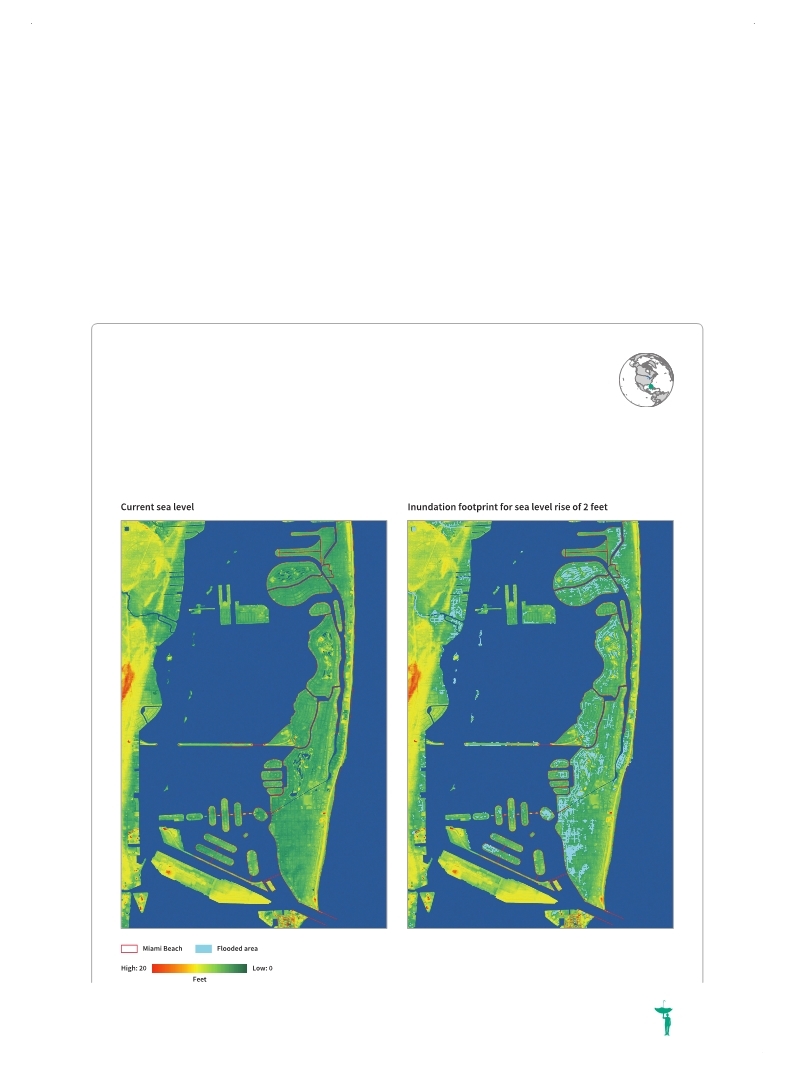 |
Global Assessment Report on Disaster Risk Reduction 2015
Making development sustainable: The future of disaster risk management |
 |
Global Assessment Report on Disaster Risk Reduction 2015
Making development sustainable: The future of disaster risk management |
|
|

201
export markets, subsidized infrastructure, and intangible soft values such as quality of life and recreational opportunities. However, as underlined in GAR13 (UNISDR, 2013a
UNISDR. 2013a,Global Assessment Report on Disaster Risk Reduction: From Shared Risk to Shared Value: the Business Case for Disaster Risk Reduction, Geneva, Switzerland: UNISDR.. . Given the predominance of private investment, the way it is regulated, incentivized and monitored largely determines the disaster risk associated with the growing hazard exposure of economic assets (UNISDR, 2013a
UNISDR. 2013a,Global Assessment Report on Disaster Risk Reduction: From Shared Risk to Shared Value: the Business Case for Disaster Risk Reduction, Geneva, Switzerland: UNISDR.. . Box 10.1 Sea level risk and investment in Miami
Figure 10.2 Rising sea levels in Miami
(Source: Peter Harlem, Florida International University.)
In Miami, rising sea levels and regular storm surges are already combined with exceptional geology and a weak sewage system, leading to recurrent flooding in parts of the city and contamination of drinking water supplies. In the future, further sea level rise will mean that parts of the world’s busiest cruise ship port as well as the city’s waterfront and the city’s prime real estate will be submerged (Carter et al., 2014
Carter, Lynne M., James W. Jones, Leonard Berry, Virginia Burkett, James Murrley, Jayantha Obeysekera, Paul J. Schramm and David Wear. 2014,Southeast and the Caribbean, Chapter 17. In Climate Change Impacts in the United States: The Third National Climate Assessment, J.M. Melillo, Terese (T.C.) Richmond and G. W. Yohe, eds., U.S. Global Change Research Program, pp. 396-417. doi:10.7930/J0NP22CB.. . WRI (World Resources Institute). 2014,Sea-Level rise and its impact on Miami Dade County, Fact sheet. By Forbes Tompkins and Christina Deconcini.. . WRI (World Resources Institute). 2014,Sea-Level rise and its impact on Miami Dade County, Fact sheet. By Forbes Tompkins and Christina Deconcini.. . |
 
Page 1Page 10Page 20Page 30Page 40Page 50Page 60Page 70Page 80Page 90Page 100Page 110Page 120Page 130Page 140Page 150Page 160Page 170Page 180Page 190Page 191Page 192Page 193Page 194Page 195Page 196Page 197Page 198Page 199Page 200Page 201Page 202->Page 203Page 204Page 205Page 206Page 207Page 208Page 209Page 210Page 211Page 212Page 213Page 214Page 215Page 220Page 230Page 240Page 250Page 260Page 270Page 280Page 290Page 300Page 310
|
|
 
|
 
|
